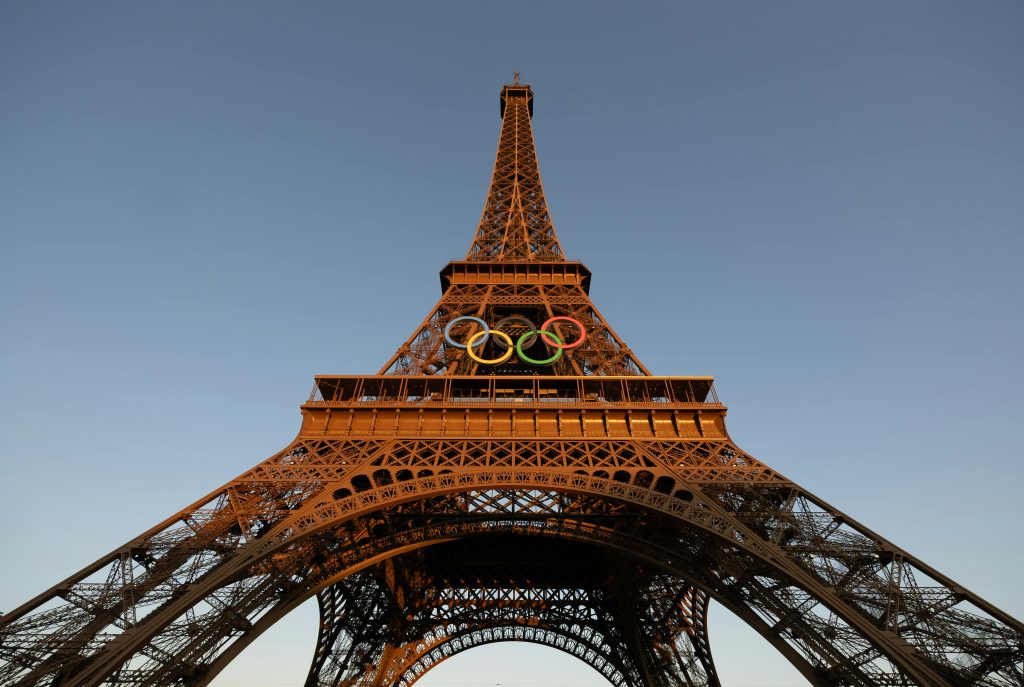The Paris 2024 Olympics are well underway, and Australians are experiencing the Games in different ways than ever before. Wrights, with our deep-rooted legacy in sports events, acknowledges that the shift in media consumption is accelerating swiftly because of social media, particularly among the younger demographics.
Gone are the days when Australians relied solely on traditional free-to-air television broadcasts to catch Olympic events. Today, the landscape has shifted dramatically, with digital platforms playing a crucial role in how we consume content. While TV remains popular, especially for live events, there is a noticeable trend towards more organic and interactive viewing options and one which social media provides.
For Australians, especially the younger generation Gen Z and Alpha, social media platforms are revolutionising how they engage with the games and generating a closer relationship with athletes. Here are four keyways social media is making an impact:
- Instant Access: Social media provides real-time updates and behind-the-scenes content directly from athletes and reporters. Fans get instant access to the latest happenings without waiting for scheduled broadcasts.
- Interactive Engagement: The interactive nature of social media allows Australians to engage with their favourite athletes and fellow fans. Through comments, likes, shares, and live streams, they become part of a global community of Olympic enthusiasts.
- Creative Content: Platforms like TikTok and Instagram encourage creative storytelling. From athlete challenges to fan reactions, these platforms bring the excitement of the Olympics to life in innovative ways that resonate with younger audiences.
- Personalised Experience: Social media algorithms tailor content to individual preferences, ensuring that fans see the highlights and stories that matter most to them.
Many Olympic athletes have their own social media accounts, providing fans with an authentic behind-the-scenes look at their Olympic journey. Athletes share personal experiences, training routines, and interact with fans through Q&As and live sessions, creating a more direct and personal connection than it did decades ago.
Traditional media frequently utilises content from social platforms to supplement their reporting, valuing the immediacy and authenticity it brings to their narratives.
As we look ahead, social media will continue to shape how Australians, especially the younger generation, experience the sporting efforts of our athletes. For communication professionals, it is crucial to keep our fingers on the pulse of these changes in media consumption, adapting our strategies to meet the evolving demands and preferences of audiences. By staying attuned to these trends, we can ensure that the stories of our athletes are shared in the most engaging and impactful ways possible.
